the Best Artist Residency in Europe
What Is the Best Artist Residency in Europe? What About the Weirdest? We Asked the Experts
For artists looking to bolster their CVs and networks, residencies can be the perfect set up, providing studio spaces, stimulating contexts, and contact with like-minded peers and curators and dealers that could strengthen their networks and advance their careers.
But as artist residencies proliferate, the quality of the experiences and the conditions they offer vary, making it difficult to discriminate where the true gems lie.
In search of the best opportunities that can be found in the European continent, artnet News has reached out to get the opinion of seasoned experts. These include Turner Prize-winning artist Laure Prouvost; Berlin’s KW curator Anna Gritz; DRAF London director and chief curator Vincent Honoré; artist Salomé Lamas; independent curator João Laia; and Institute of Things to Come curator Valerio del Baglivo.
The Swankiest
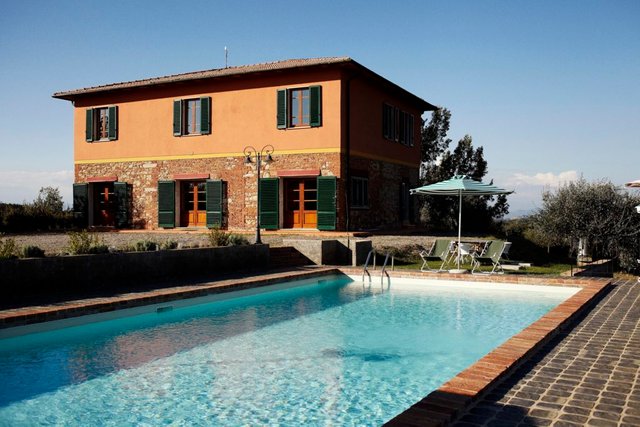
Villa Lena. Photo Coke Bartrina, courtesy Villa Lena Foundation.
Villa Lena, Tuscany, Italy.
Villa Lena, Tuscany, Italy.
he Villa Lena Foundation residency runs from April to October each year in the heart of the wild Tuscan countryside. The program offers one- or two-month stays with onsite accommodation in its 19th-century villa, and studio spaces up to 120 square meters. Residents are not paid a stipend, but the stunning location and the company of top artists (Sam Falls and Nina Beier are among this year’s residents) are what make Villa Lena so desirable.
Akademie Schloss Solitude, Stuttgart, Germany.
Offering residencies that range from 3 to 12 months, Schloss Solitude is a dream gig, sited in a Rococo-style palace on the outskirts of Stuttgart that was constructed in 1764-69 as a hunting retreat for Duke Charles Eugene. Fellowships for residents include a live-work space, monthly stipend of €1,150, and travel expenses. The Akademie also offers a number of other perks, including transport of materials to and from Stuttgart; medical insurance for foreigners, and subsidies to buy materials and promote projects.
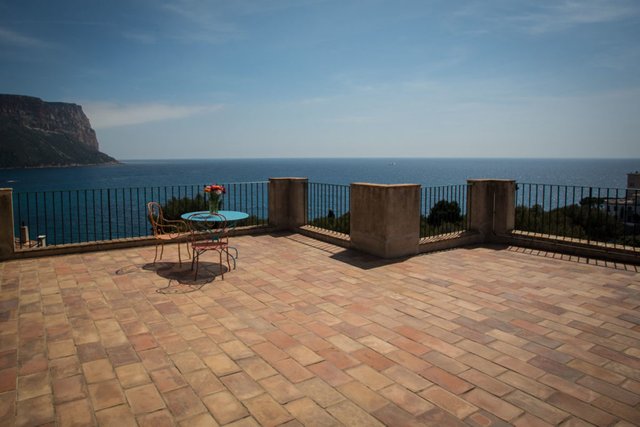
Camargo Foundation. Image courtesy @camargofoundation via Facebook.
Camargo Foundation, Cassis, France.
The Camargo Foundation’s Core Program offers its residents $250 per week (€210) and houses them in a stunning location in the south of France, overlooking the Port de Cassis. Running eight-week residencies in the Fall, with longer stays available in the Spring (six, eight, or eleven weeks), food and travel are covered and children or partners can accompany the artist, thinker, or scholar who is chosen among the 18 yearly fellows.
Tabakalera, San Sebastian, Spain.
The Spanish institution, located in the beautiful coastal town of San Sebastian in the Basque country, offers a number of interesting residencies for artists and curators. The residencies that focus on artistic research projects will appeal to those seeking to allocate time, space, and funds to develop and formalize ideas. Lasting 1 to 3 months, the residency includes a monthly stipend of €1,000 euros, medical insurance for foreigners, travel expenses, accommodation and studio space, a €4,000 research grant, and a production budget of up to €25,000.
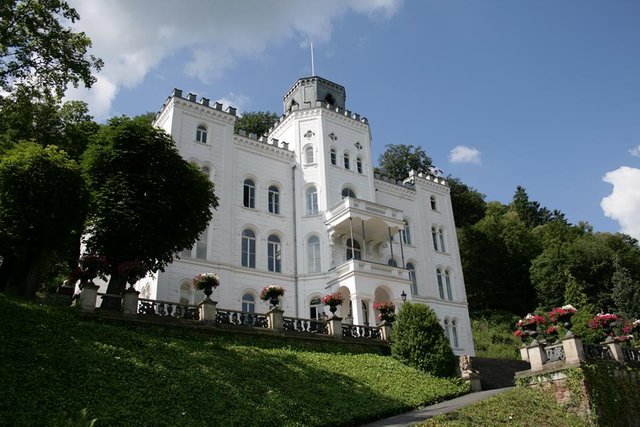
Künstlerhaus Schloss Balmoral, courtesy @KuenstlerhausSchlossBalmoral via Facebook.
Künstlerhaus Schloss Balmoral, Bad Ems, Germany.
Residents of Balmoral Schloss get to live in a three-story Italian Renaissance villa situated in the historical spa town of Bad Ems. Two three-month and four nine-month residential fellowships are offered to international visual artists, as well as one nine-month fellowship for a German- and English-speaking curator. The lucky fellows receive accommodation and a €1,400 monthly stipend. What’s unique about this residency is that the fellowships are offered in just one artistic genre or theme each year.
The Hardest to Get Into
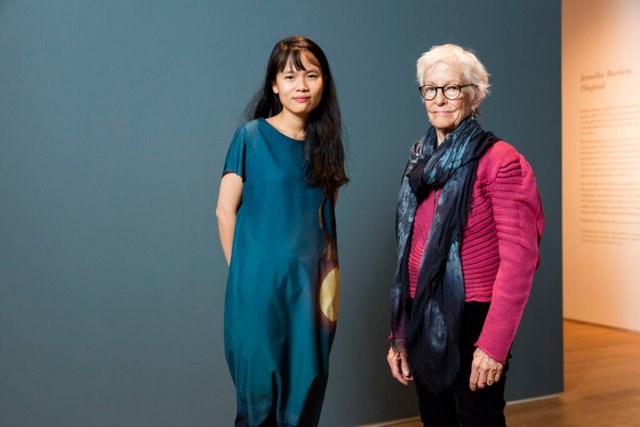
Visual arts protégée Thao-Nguyen Phan and mentor Joan Jonas in New York. Photo: ©Rolex/Robert Wright.
Rolex Mentor and Protégé, Switzerland.
This prestigious program in Switzerland is nomination-only, and gifted young artists have to pass the approval of seven different panels before being matched with top artists (Joan Jonas is among this year’s mentors) for a year-long one-to-one mentoring relationship. Each protégé receives a grant of CHF 25,000 (€22,000), as well as travel and major expenses. An additional CHF 25,000 (€22,000) is also available to each protégé to create a new work after the year is over.
The Rockefeller Foundation Bellagio Center, Lake Como, Italy.
The Bellagio Arts & Literary Arts residency is for established composers, writers, playwrights, poets, video/filmmakers, dancers, musicians, and visual artists. They now hold an annual open call for proposals (the next one opens in October) that align with the Rockefeller Foundation’s philanthropic focuses. Up to 120 residents are housed on a 50-acre property on the shores of Lake Como, for stays up to a month.
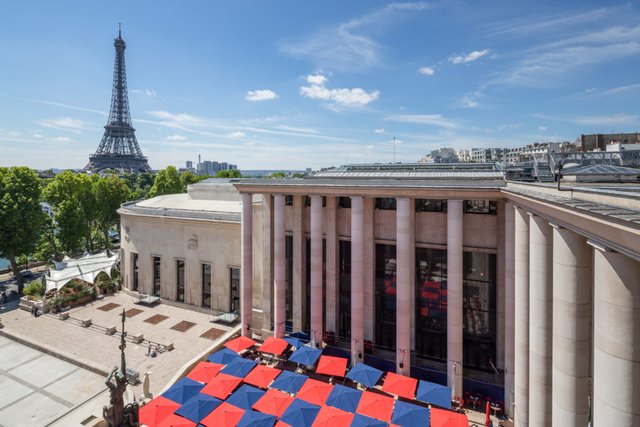
Pavillon Neuflize OBC, Paris, France.
This residency, created by Ange Leccia, hosts young international artists sponsored by a Palais de Tokyo curator for an eight-month period from November to June. With a focus on the emerging contemporary art scene, the prestigious residency offers a monthly grant of €1,000, a studio at the Cité Internationale des Arts in Paris, access to Palais de Tokyo workspaces, and payment of all program-related expenses including research, travel, and production costs.
DAAD Artists-in-Berlin Program, Berlin, Germany.
One of the most renowned international programs in the world, DAAD offers 20 residencies in visual arts, literature, music, and film. A jury nominates visual artists for invitation, and artists in other fields can apply for consideration. With stays lasting around a year (six months for filmmakers), travel expenses and health care are covered, and monthly grant installments are offered for living expenses and rent. Plus, artists are offered a free course in German.
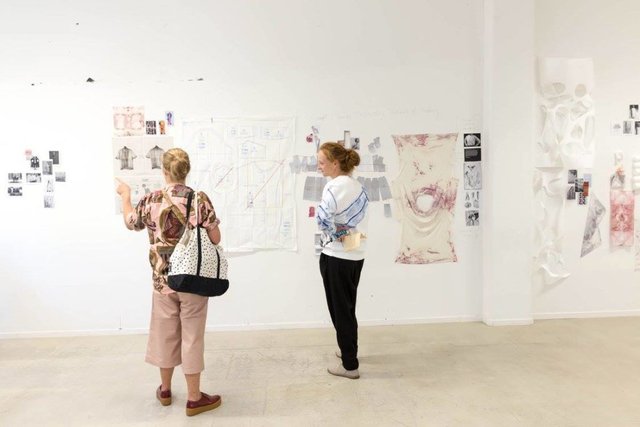
Iaspis Open House 190916: Natsai Audrey Chieza, artist in residence, Stockholm. Photo Jean-Baptiste Béranger, courtesy Iaspis via Facebook .
Iaspis, Stockholm, Sweden.
The International Artists Studio Program in Stockholm is an exchange program financed by the Swedish Government. Residents can work at one of the 12 studios in Sweden, or, for artists based in the country, a number of studios abroad. The studios are advertised once a year and the residencies run for six months (April to September, and October to March). Applicants can apply for one- to five-year working grants that range from 100,000-133,000 SEK (€10,500-14,000).
The Best for Emerging Artists Looking to Up Their Game
These are probably the ones with the least appealing economic conditions (at best, expenses and accommodation are covered)—but nobody said that being a cool emerging artist was easy, or lucrative.
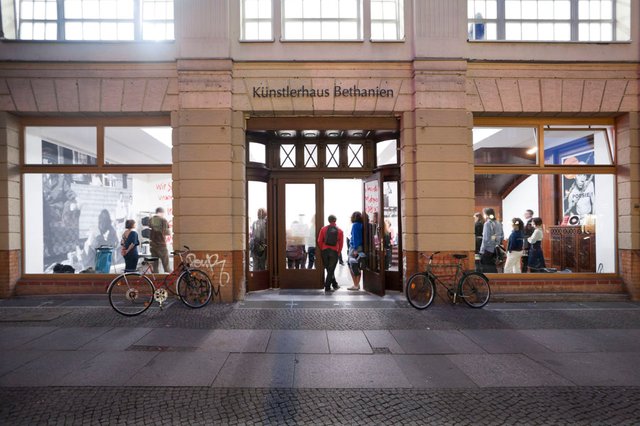
Entrance showroom at Kottbusser Straße 10, 2011. Photo: © Georg Schroeder / Künstlerhaus Bethanien
Bethanien, Berlin, Germany.
This Berlin residency is a veritable rite of passage for emerging artists. Many, in fact, stay on in the city after their year at Bethanien. Costs are covered by international bursaries, which include a monthly grant towards living costs for the duration of the artists’ stay (the specific quantity depends on the funder and length of stay). The grant also covers studio rental, a lump sum for materials, and the presentation of a final project in the Künstlerhaus Bethanien galleries.
Gasworks, London, England.
The south London institution programs up to 16 residencies each year, inviting international emerging artists to live and work in London for three months. Residents are selected through open calls, and receive 24-hour access to a studio at Gasworks; a single room within Gasworks Residencies House; basic living expenses and transport in London; and travel expenses.
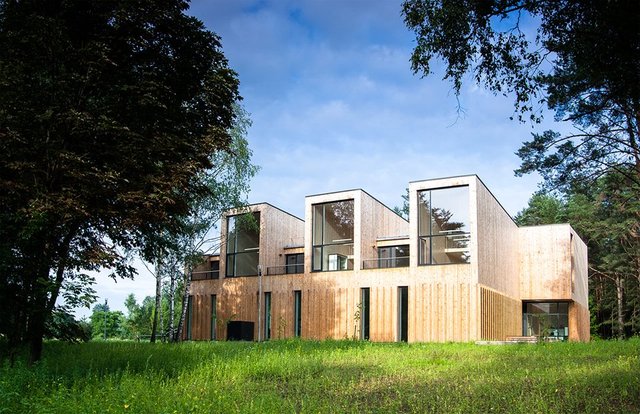
it is verry good congra